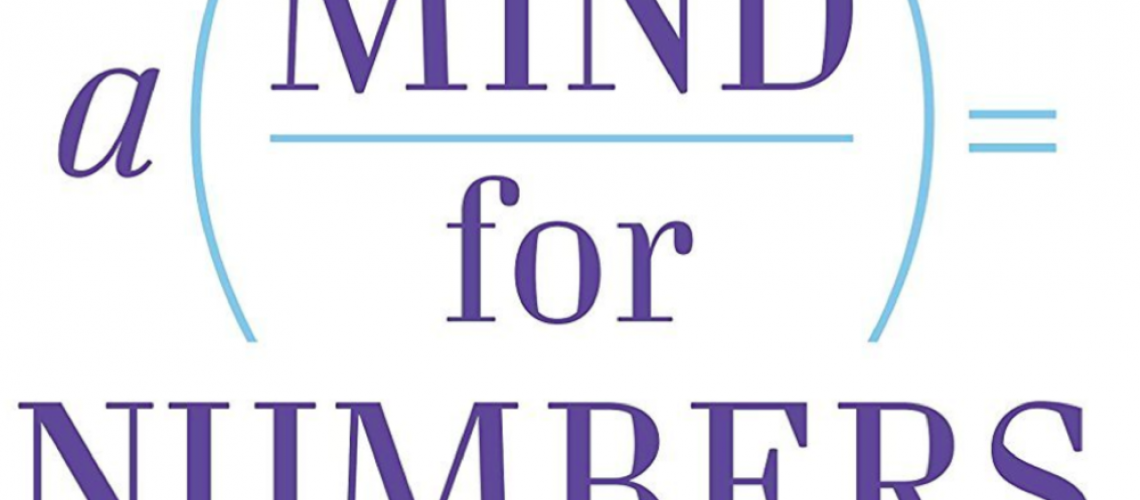Powerful Techniques for Problem-Solving and How to Learn Much More Effectively
Learning how to learn is the most powerful tool you can ever grasp. Don’t just follow your passions; broaden your passions and your life will be enriched beyond measure.
In A Mind for Numbers, Dr. Oakley lets us in on the secrets to learning effectively. Contrary to popular belief, math requires creative, as well as analytical, thinking. Most people think that there’s only one way to do a problem, when in actuality, there are often a number of different solutions—you just need the creativity to see them.
For example, there are more than three hundred different known proofs of the Pythagorean Theorem. In short, studying a problem in a laser-focused way until you reach a solution is not an effective way to learn. Rather, it involves taking the time to step away from a problem and allow the more relaxed and creative part of the brain to take over.
We all have what it takes to excel in areas that don’t seem to come naturally to us at first, and learning them does not have to be as painful as we might think!
Learning How to Learn
Barbara Oakley
Key Takeaways
The Keys to Learning Effectively
The brain is enormously complex. We can simplify it into two fundamentally different modes:
- Focus mode you turn your attention to something and boom, it’s on.
- Diffuse mode relaxed set of neural states.
When you’re learning, you want to go back and forth between these two modes and if you find yourself as you’re focusing in on something, trying to learn a new concept or solve a problem and you get stuck. Turn your attention away from that problem and allow the diffuse modes to do their work in the background.
Focus Mode often thinking tightly as you’re focusing on something, often familiar thoughts (historical patterns, multiplication table,) moves along smoothly. involves a direct approach to problem-solving using rational, sequential, analytical approaches. It is associated with concentration abilities of the brain’s prefrontal cortex. Turn your attention to something and that focus mode is on.
Procrastination you look at something you’d rather not do and you actually feel a physical pain in the part of your pain that analyzes pain. There are two ways that you can handle this: 1. Keep working a way through it and research has shown it will actually disappear 2. Turn your attention away, funnel attention on to more pleasant task, feel happy. A few times procrastinating is no big deal, but if you do this very often it’s like an addiction and can really cause a problem in life.
Diffuse Mode what allows us to suddenly gain a new insight to a problem we have been having trouble with and is associated with ‘big picture’ perspectives. Diffuse mode thinking is what happens when you relax your attention and let your mind wander. When you think of thought it takes off and range widely as you’re attempting to come up with new ideas
Pomodoro Technique get a timer, set it for 25 minutes and make sure everything else is turned off, and work with focused attention for 25 minutes and when you’re done you do something fun. You’re enhancing, practicing your ability to have focused attention and ability to relax. Relaxation is an important part of the learning process. (Not get everything done in 25 minutes, just sit with focused attention)
Some see their best traits as their worst traits.
Working memory you may have poor working memory and not grasp ideas or concepts as quick, but it means you are more creative. Since you can’t hold these ideas in mind so tightly, other ideas are often creeping in.
Slow thinking, you may have to work harder, but in many ways, your experiences are deeper and more profound solid mastery.
Illusions of Competence in Learning you can study all day long and you can be spinning your wheels because you’re not using effective study techniques. You may feel like you are a master of the material, but in reality, you don’t.
Ways to learn more effectively:
- Exercise within a matter of a few days will increase our ability to learn and remember.
- Tests test yourself all of the time, flashcards, mini tests. Look at a page, look away and see what you can recall. Doing this helps build profound neural hooks that help enhance understanding of material.
- Don’t be fooled by the erroneous idea that understanding alone is enough for mastery of the material. It is important but must be combined with practice and repetition.
"Focus on the process (the way you spend your time) instead of the product (what you want to accomplish)."



